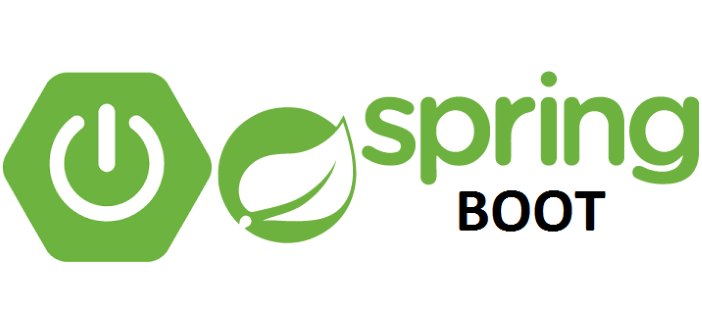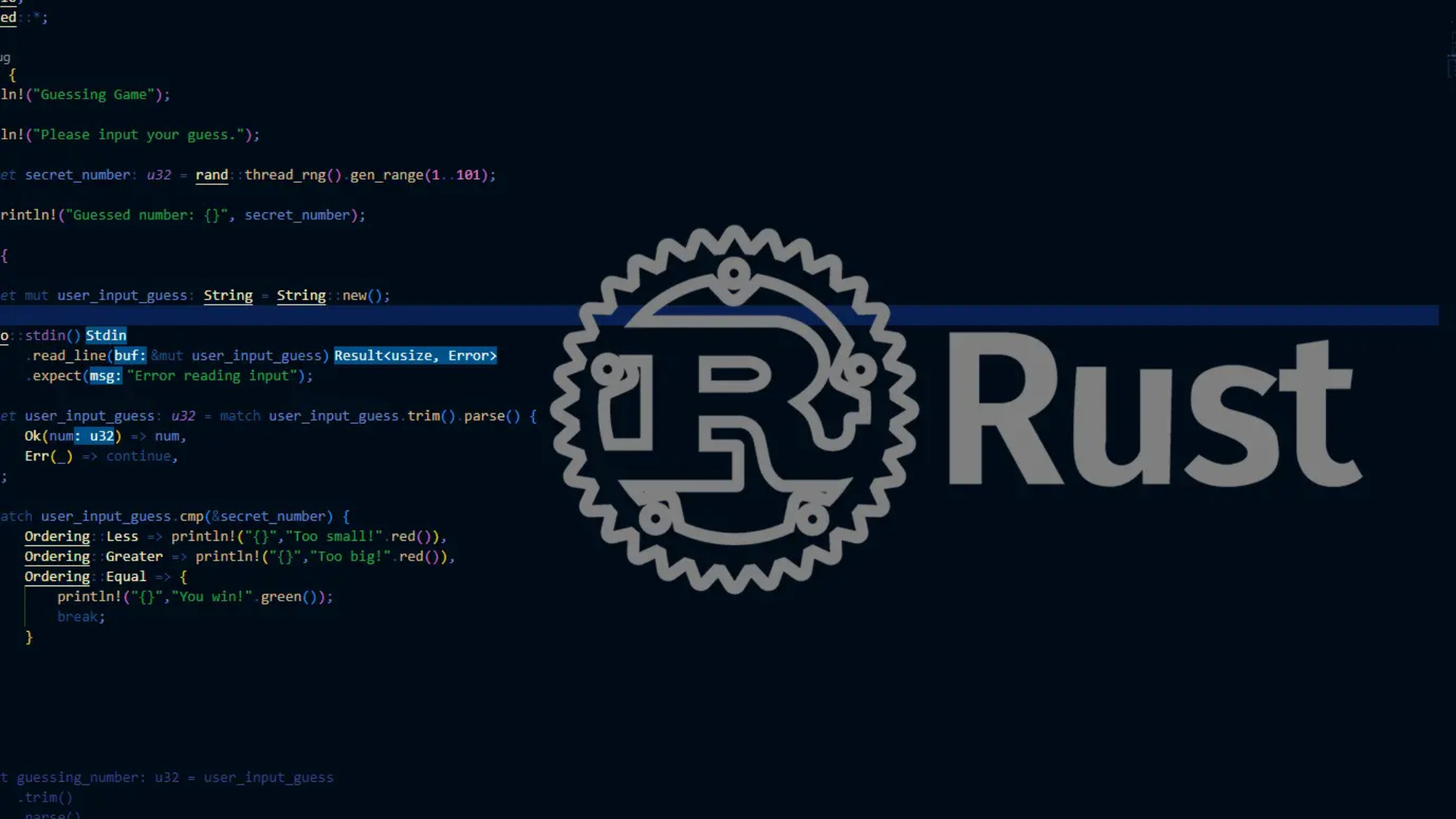
Kotlin: In-Depth Programming Language Analysis
Key Takeaway: Kotlin harnesses modern programming paradigms—conciseness, null safety, interoperability, and multi-platform support—to accelerate development and improve code quality. For agencies serving clients in mobile, web, backend, and cross-platform domains, Kotlin offers a versatile, future-proof solution that boosts productivity and maintainability while ensuring robust performance.
Introduction
Kotlin is a modern, statically typed, multi-platform programming language developed by JetBrains. First unveiled in 2011 and reaching its 1.0 stable release in February 2016, Kotlin was designed to address Java’s verbosity and safety shortcomings while ensuring 100% interoperability with existing Java code and libraries. JetBrains, renowned for developer tools like IntelliJ IDEA, envisioned Kotlin as a concise, expressive alternative that combines object-oriented and functional paradigms for improved developer productivity and application safety.jhkinfotech+2
Over the past decade, Kotlin has evolved from an internal JetBrains project to a first-class language for Android development endorsed by Google (2017), to a versatile tool for server-side applications, web front ends via Kotlin/JS, and native applications with Kotlin/Native and Kotlin Multiplatform. Today, Kotlin ranks among the most-loved languages on Stack Overflow and powers production systems at Google, Uber, Pinterest, Netflix, and dozens of startups and enterprises worldwide.kotlinlang+1
History and Origins
- Conception (2010–2011):
Kotlin’s development began at JetBrains in 2010 with the goal of creating a language that combined Java’s ecosystem strengths with modern features: null safety, type inference, and concise syntax. The project was named after Kotlin Island near St. Petersburg, mirroring Java’s geographic naming.wikipedia+1 - Public Unveiling (July 2011):
Lead designer Andrey Breslav announced Project Kotlin on JetBrains’ blog. Early demos showcased concise syntax and seamless Java interop. - Open Sourcing (Feb 2012):
Kotlin moved to Apache 2.0 license, inviting community contributions and rapid ecosystem growth.kotlinlang - Stable 1.0 Release (Feb 2016):
JetBrains committed to backward compatibility, solidifying Kotlin’s maturity. - Google Endorsement (May 2017):
Google announced Kotlin as an official Android language at Google I/O. Android Studio began shipping with Kotlin support, splintering Java’s dominance in Android development.wikipedia - Multi-Platform Expansion (2017–2020):
- Kotlin/JS for front-end web apps
- Kotlin/Native via LLVM targeting iOS, embedded, and desktop
- Kotlin Multiplatform for shared logic across JVM, Android, iOS, web, and native.kotlinlang+1
- Kotlin 1.5–1.9 (2021–2023):
- Stable Kotlin/JS IR backend (Dec 2022)
- Kotlin/Native stable on Apple Silicon (Nov 2023)
- Continued language refinements: coroutines improvements, type system enhancements, and library maturity.
Language Design and Core Features
1. Concise, Expressive Syntax
- Type Inference: Eliminate boilerplate type declarations. kotlin
val name = "Kotlin" // type String inferred - Data Classes: Automatic
equals(),hashCode(),toString(), andcopy(). kotlindata class User(val id: Int, val name: String) - Smart Casts: Automatic casts after type checks reduce
asoperators.
2. Null Safety
- Nullable Types: Types are non-nullable by default;
String?denotes nullable. kotlinvar email: String? = null email?.length // safe call operator email!!.length // explicit non-null assertion - Eliminate NPEs: Compiler enforces null checks, drastically reducing runtime crashes.
3. Interoperability
- 100% Java Interop: Kotlin compiles to JVM bytecode and can call Java libraries seamlessly.
- Annotation Bridging:
@JvmOverloads,@JvmStatic, and@file:JvmNamecontrol generated Java signatures.
4. Functional Constructs
- First-Class Functions & Lambdas: kotlin
list.filter { it.isActive } - Extension Functions: Add methods to existing classes without inheritance. kotlin
fun String.capitalizeWords() = split(" ").joinToString(" ") { it.capitalize() } - Coroutines: Lightweight concurrency primitives enabling asynchronous, non-blocking code. kotlin
suspend fun fetchData(): Data { … } launch { fetchData() }
5. Multi-Platform Targets
- Kotlin/JVM: Primary target for Android and server-side apps.
- Kotlin/JS: Compile to JavaScript for React or Node.js front ends.
- Kotlin/Native: Native binaries via LLVM for iOS, desktop, and embedded.
- Kotlin Multiplatform: Share common code modules—business logic, serialization—across platforms.kotlinlang
6. Tooling and IDE Support
- IntelliJ IDEA & Android Studio: First-class Kotlin support—refactorings, code completion, and inspections.
- Gradle & Maven Plugins: Simplify project setup and multi-platform builds.
- REPL & Scripting: Rapid prototyping in Kotlin script.
Benefits
1. Developer Productivity
- Reduced Boilerplate: Kotlin’s concise syntax can cut code volume by 30–40% versus Java, speeding development and reviews.pangea+1
- Safe Code: Compile-time null safety and smart casts catch errors early, increasing code reliability.
2. Interoperability and Incremental Adoption
- Seamless Java Integration: Teams can introduce Kotlin gradually in existing codebases without full rewrites.
- Leverage Java Ecosystem: All mature Java libraries and frameworks (Spring Boot, Hibernate) are available.
3. Unified Code Sharing
- Cross-Platform Logic: Business rules, data models, and network code can reside in common modules, reducing duplication and ensuring consistency across Android, iOS, web, and desktop.jetbrains+1
- UI Sharing with Compose Multiplatform: JetBrains’ framework for shared UI components across mobile and desktop.
4. Modern Language Features
- Coroutines: Simplify asynchronous code versus callbacks or RxJava, improving maintainability and performance.
- Functional Programming Support: Higher-order functions, immutability, and collection transformations streamline complex logic.
5. Official and Community Backing
- Google’s Preferred Android Language: Ongoing platform optimizations target Kotlin first, assuring longevity and better Android API ergonomics.wikipedia
- Vibrant Community & Ecosystem: Over 4 million developers use Kotlin; a robust plugin and library ecosystem exists on pub.dev and GitHub.
Drawbacks
1. Learning Curve
- New Paradigms: Teams must adapt to Kotlin’s functional features, coroutines, and null-safety mechanisms, requiring ramp-up time.
- Multi-Paradigm Language: Mixing OO and functional styles can confuse developers new to either paradigm.
2. Compilation Speed
- Full Builds: Kotlin’s compile times can lag behind Java, impacting large multi-module projects, though incremental compilation and Gradle daemon improvements mitigate delays.krify
- Native & JS Backends: Kotlin/JS IR and Kotlin/Native builds may be slower or less mature than JVM builds.
3. Binary Size and Tooling Complexity
- Multiplatform Artifacts: Kotlin/Native and Kotlin/JS produce larger binaries compared to hand-optimized solutions, requiring cautious optimization.
- Gradle Configuration: Complex cross-platform builds demand in-depth Gradle DSL knowledge.
4. Ecosystem Maturity Gaps
- Plugin Quality Variation: Some third-party multiplatform plugins lag in maintenance or lack comprehensive documentation.
- Native Platform Integration: Low-level OS APIs may require writing custom Kotlin/Native or platform-specific code, reducing cross-platform benefits.
5. Talent Availability
- Still Growing: While Kotlin adoption is surging, Java remains predominant in the enterprise—finding seasoned Kotlin experts, especially for multiplatform or server-side projects, can be challenging.krify
Use Cases
1. Android Application Development
- Fully Native Kotlin Apps: Kotlin’s null safety and concise APIs (Android KTX) simplify UI, navigation, and lifecycle management.
- Jetpack Compose: Modern declarative UI toolkit built for Kotlin, enabling component-based UIs with state-driven updates.
- Case Study: Netflix shares business logic for its mobile studio apps across platforms using Kotlin Multiplatform, accelerating feature parity and reducing bugs.jetbrains
2. Server-Side and Microservices
- Spring Boot with Kotlin: Kotlin’s interoperability and coroutines support modern asynchronous back ends.
- Frameworks: Ktor (lightweight Kotlin web framework), Vert.x, and Micronaut fully support Kotlin’s features.
- Case Study: Kingfisher switched its backend default language from Java to Kotlin, citing improved developer productivity and code readability.kotlinlang
3. Cross-Platform Mobile Apps
- Kotlin Multiplatform Mobile (KMM): Share core logic—networking, validation, data persistence—between Android and iOS while retaining native UI layers.
- Compose Multiplatform: Experimental cross-platform UI sharing between Android, desktop, and web.
- Case Study: Posten Bring (Norwegian postal service) unified complex business logic across mobile and backend, reducing release cycles from months to days by sharing 85% of code via KMM.jetbrains
4. Web Front-End Development
- Kotlin/JS: Compile Kotlin to JavaScript or WebAssembly, enabling use of React, Vue, or Svelte with Kotlin’s type system and tooling.
- Case Study: Teams use Kotlin/JS IR backend for type-safe React development with shared domain models.
5. Desktop & Embedded Systems
- Compose for Desktop: Build native-looking desktop apps on Windows, macOS, and Linux.
- Kotlin/Native: Create single-objective binaries for resource-constrained or embedded platforms.
6. Library Authors & SDKs
- Multiplatform Libraries: Publish common libraries with platform-specific implementations for JVM, JS, and Native.
- Case Study: Philips HealthSuite uses KMM for its mobile SDK, ensuring feature updates reach Android and iOS simultaneously.jetbrains
7. Real-Time & Reactive Systems
- Coroutines & Flows: Simplify event streams, WebSockets, and reactive pipelines with Kotlin’s
FlowAPI, reducing boilerplate compared to RxJava.
Actionable Recommendations for Agencies
- Assess Code Sharing Needs:
Determine which modules—network, data, business logic—can be shared across platforms. For maximum reuse, adopt Kotlin Multiplatform for core code. - Start Incrementally:
Integrate Kotlin in existing Java projects by adding Kotlin files and using Spring Boot or Gradle plugins. Leverage Kotlin’s seamless interop to minimize disruption. - Invest in Training:
Provide workshops on coroutines, DSLs, and multiplatform Gradle configurations. Familiarize teams with Kotlin coding conventions and tooling. - Use Opinionated Frameworks:
- Android: Jetpack Compose and Android KTX.
- Backend: Spring Boot or Ktor for coroutine-based services.
- Web: Kotlin/JS with React wrappers or Compose for Web (experimental).
- Optimize Builds and Binaries:
- Enable Gradle’s configuration cache and parallel execution.
- Apply ProGuard/R8 for Android and Kotlin/JS bundle optimization.
- Leverage Community Resources:
- Official Kotlin Slack and forums.
- GitHub organization Kotlin (sample apps and libraries).
- KotlinConf talks and JetBrains blog for best practices.
- Plan for Long-Term Maintenance:
- Adopt semantic versioning for shared modules.
- Monitor multiplatform plugin updates.
- Enforce code quality via Kotlin linting (KtLint) and detekt.
Conclusion
Kotlin’s blend of conciseness, safety, and multi-platform capabilities makes it an exceptional choice for software development agencies aiming to deliver high-quality, cross-platform solutions rapidly. Whether building Android apps, server-side microservices, or shared logic libraries, Kotlin boosts developer productivity while ensuring robust, maintainable codebases.
By leveraging Kotlin’s modern features—null safety, coroutines, data classes, and multiplatform support—teams can reduce time-to-market, unify code across platforms, and maintain a competitive edge. While addressing learning curves, build optimizations, and ecosystem maturity will require upfront investment, the long-term gains in developer satisfaction, code quality, and client outcomes position Kotlin as a future-proof language for agencies committed to excellence.
Adopting Kotlin thoughtfully—through incremental integration, targeted training, and best-practice frameworks—equips agencies to meet diverse client needs, from mobile-first startups to enterprise-grade back ends, all while maximizing reuse and minimizing maintenance overhead. As Kotlin continues to evolve under JetBrains and community stewardship, agencies embracing this language will be well-positioned to deliver innovative, performant, and scalable applications in the years ahead.
Reference:
- https://www.jhkinfotech.com/blog/kotlin-programming
- https://en.wikipedia.org/wiki/Kotlin_(programming_language)
- https://blog.jetbrains.com/kotlin/2011/08/why-jetbrains-needs-kotlin/
- https://kotlinlang.org/assets/kotlin-media-kit.pdf
- https://kotlinlang.org/docs/multiplatform.html
- https://pangea.ai/resources/top-kotlin-pros-and-cons-you-need-to-know-about
- https://www.jetbrains.com/help/kotlin-multiplatform-dev/use-cases-examples.html
- https://krify.co/advantages-and-disadvantages-of-kotlin/
- https://www.jetbrains.com/help/kotlin-multiplatform-dev/case-studies.html
- https://kotlinlang.org/lp/server-side/case-studies/
- https://pt.wikipedia.org/wiki/Kotlin
- https://www.reddit.com/r/AskProgramming/comments/1chcj6x/what_are_the_pros_and_cons_of_using_kotlin_over/
- https://builtin.com/software-engineering-perspectives/kotlin
- https://www.amarinfotech.com/kotlin-application-development-pros-and-cons.html
- https://cekrem.github.io/posts/a-use-case-for-usecases-in-kotlin/
- https://kotlinlang.org/lp/10yearsofkotlin/past
- https://kotlinlang.org/docs/comparison-to-java.html
- https://www.reddit.com/r/Kotlin/comments/1cigy3r/kotlin_use_cases_other_than_android_development/
- https://kotlinlang.org
- https://www.netguru.com/blog/kotlin-pros-and-cons

